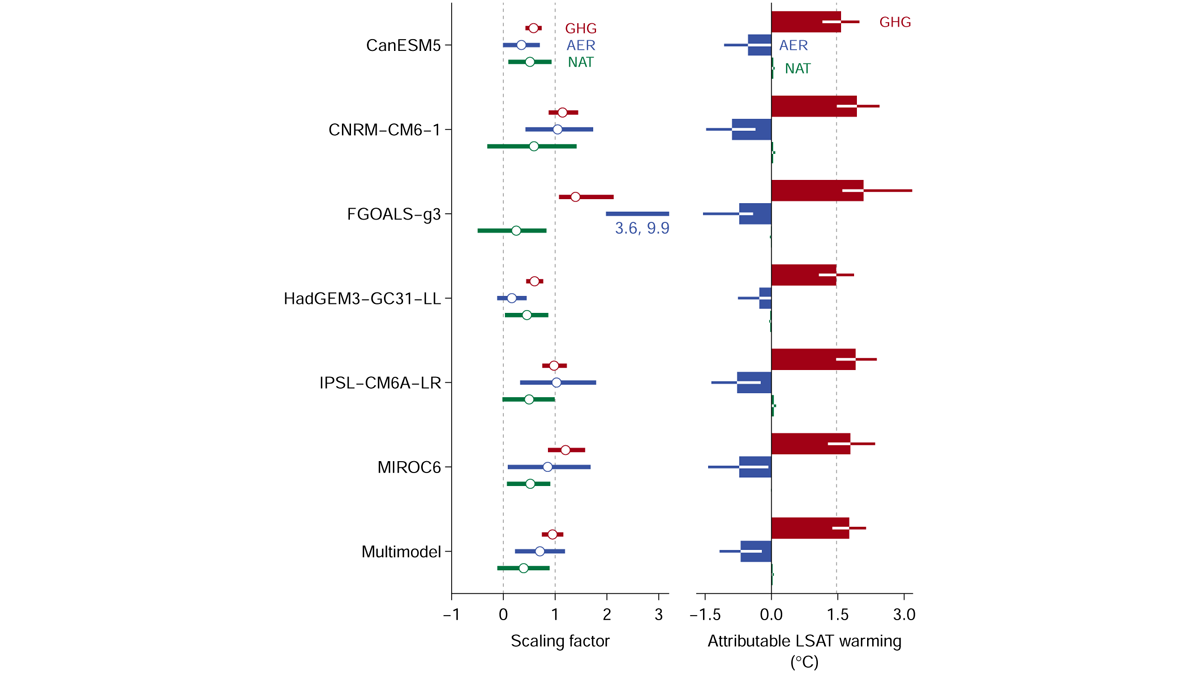Editors’ Highlights are summaries of recent papers by AGU’s journal editors.
Source: Geophysical Research Letters
In order to quantify how greenhouse gases and aerosols contributed to the changes in the climate, it is common to perform detection and attribution studies. Li et al. [2021] propose a new optimal way of conducting the fingerprinting of human impacts on climate using model simulations from the CMIP6 Detection and Attribution Model Intercomparison Project (DAMIP, Gillett et al. 2016). They argue that the current standard approaches might not be suitable for complex climate models and for variables other than global mean temperature. Therefore, they propose a new framework for doing this fingerprinting, first using a perfect model study to configure the regression (or scaling coefficients) before applying to observations. They find that the best option for constraining the fingerprinting of human-induced warming is a regression using the all-forcing, aerosol-only and natural-only simulations, which is different from the typical choices currently used in detection studies. The authors then apply this approach to global mean temperature as a demonstration of this method and find that for the 1.5°C warming that occurred since the start of the industrial period, greenhouse gases contributed with 1.4 to 2.3°C of the warming, offset by a cooling by the aerosols on the range of 0.2 to 1.2°C.
Citation: Li, C., Wang, Z., Zwiers, F., & Zhang, X. [2021]. Improving the estimation of human climate influence by selecting appropriate forcing simulations. Geophysical Research Letters, 48, e2021GL095500. https://doi.org/10.1029/2021GL095500
—Suzana Camargo, Editor, Geophysical Research Letters

